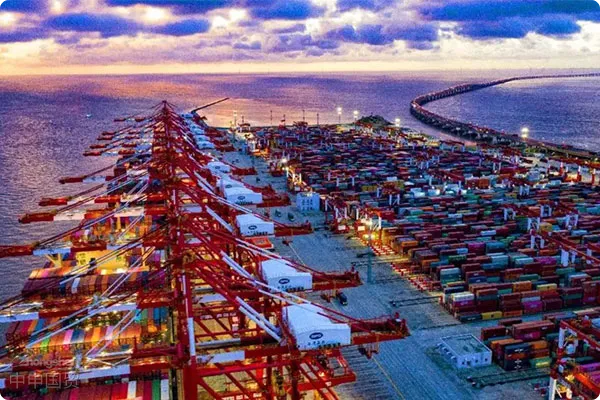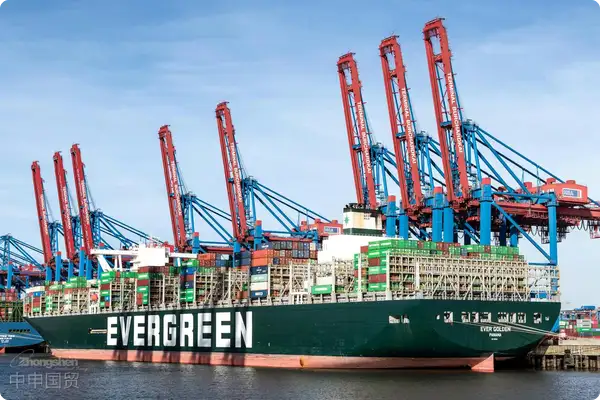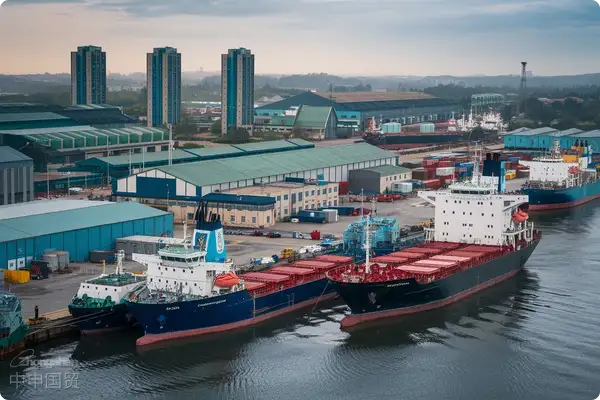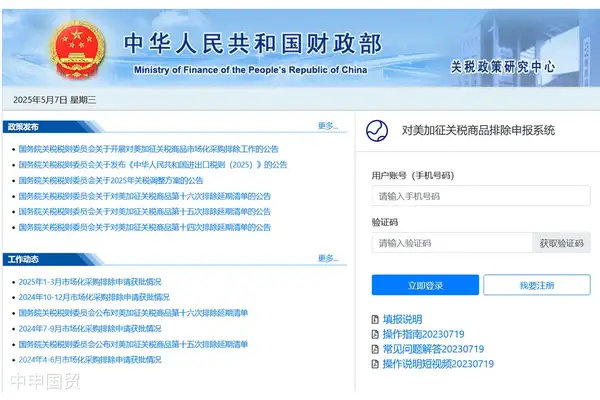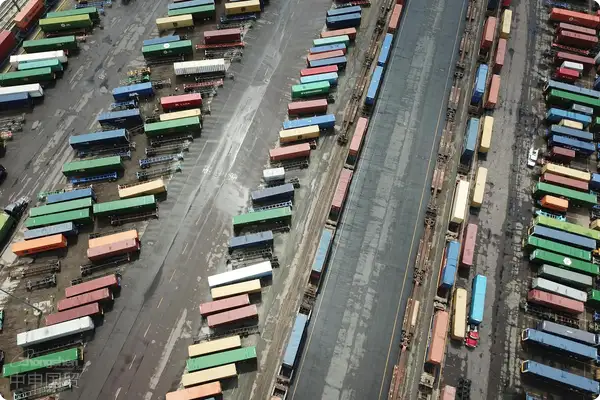- Shanghai Zhongshen International Trade Co., Ltd. - Two decades of trade agency expertise.
- Service Hotline: 139 1787 2118

Electromechanicalequipment. For example, Indonesia has the SNI certification, Thailand has the TISI certification, and the Philippines has the BPS certification. It is necessary to confirm in advance the equipment voltage (such as 380V/50Hz in Thailand), the compatibility of the CE certification, and the proof of environmentally friendly materials.New Trends and Customs Clearance Challenges
Against the backdrop of accelerating global manufacturing supply chain restructuring in 2025, imports of electromechanical equipment such as industrial robots and CNC machine tools continue to rise. According to the latest statistics from the General Administration of Customs, the total import value of electromechanical products from January to June 2024 reached 6.8 trillion yuan, among whichthe proportion of complete equipment imports exceeded 32%, but accompanying customs clearance disputes increased by 18% year-on-year.
Key Control Points in the Customs Clearance Process
Professional agency services should cover the following core aspects:
- Pre-classification Technical Demonstration
- HS Code Multi-version Comparison and Verification
- Functional Modular Split Declaration Strategy
- Review of the compliance of technical documents
- EU CE/North America UL Certification Bridging Solutions
- 3CMandatory Certification Exemption Condition Determination
- Tariff Cost Pre-calculation Model
- Verification of origin rule applicability
- Provisional Tariff Rate and Free Trade Agreement Overlapping Calculation
Typical risk scenario response strategies
A typical case encountered by an auto parts company when importing precision machine tools from Germany:
- Risk Scenario:Customs questioned the reasonableness of the declared value
- Solution:
- Provide a complete chain of international trade payment documents
- Issue equipment technical parameter value analysis report
- Initiate price pre-determination procedure
Agent Service Selection Evaluation System
Three Core Competency Matrices Quality Agencies Should Possess:
- Policy interpretation ability
- Mastery of Implementation Rules for General Administration of Customs Order No. 248
- Dynamic Tracking of Import License Catalog for Electromechanical Products
- Emergency handling capacity
- 48-hour Response Mechanism for Inspection Abnormalities
- Success Rate of Administrative Reconsideration for Classification Disputes
- Resource integration capability
- Coordination of Special Lifting Equipment at Ports
- Pre-shipment Inspection Agency Coordination for Used Electromechanical Equipment
Full-process Optimization Recommendations
Recommended for enterprises to establishThree-step Defense System:
- Procurement Stage: Require suppliers to provide complete technical parameter tables
- Transportation Stage: Implement container dynamic monitoring system
- 申報(bào)階段:采用”雙單比對”申報(bào)策略
Professional agency services can compress the overall clearance cycle by 40% and improve anomaly handling efficiency by 60% through establishingProduct Database + Case Database + Expert DatabaseThe three-database linkage mechanism can reduce average customs clearance time by 40% and abnormal handling costs by 65%. When selecting service providers, companies are advised to focus on the completeness of their case databases for similar equipment and the professional composition of their technical teams.
Related Recommendations
? 2025. All Rights Reserved. Shanghai ICP No. 2023007705-2  PSB Record: Shanghai No.31011502009912
PSB Record: Shanghai No.31011502009912
